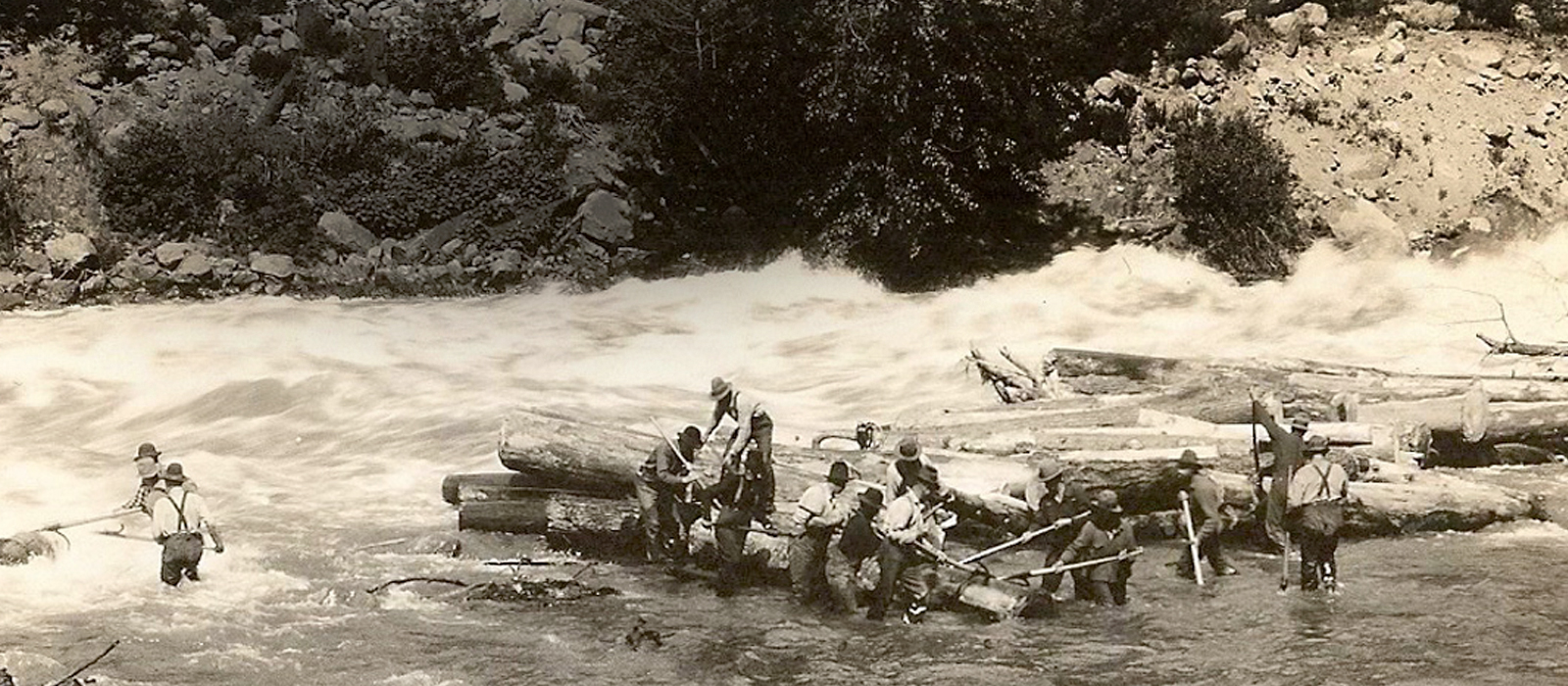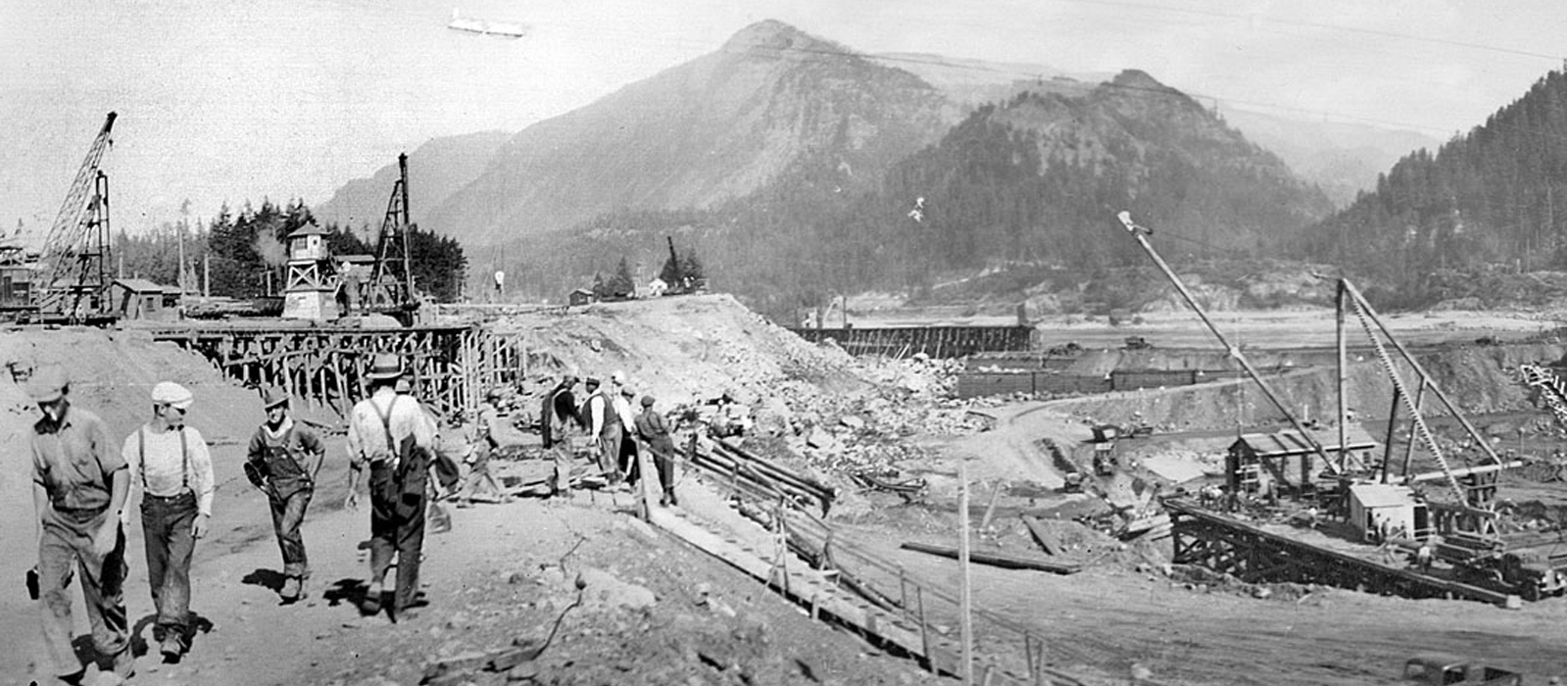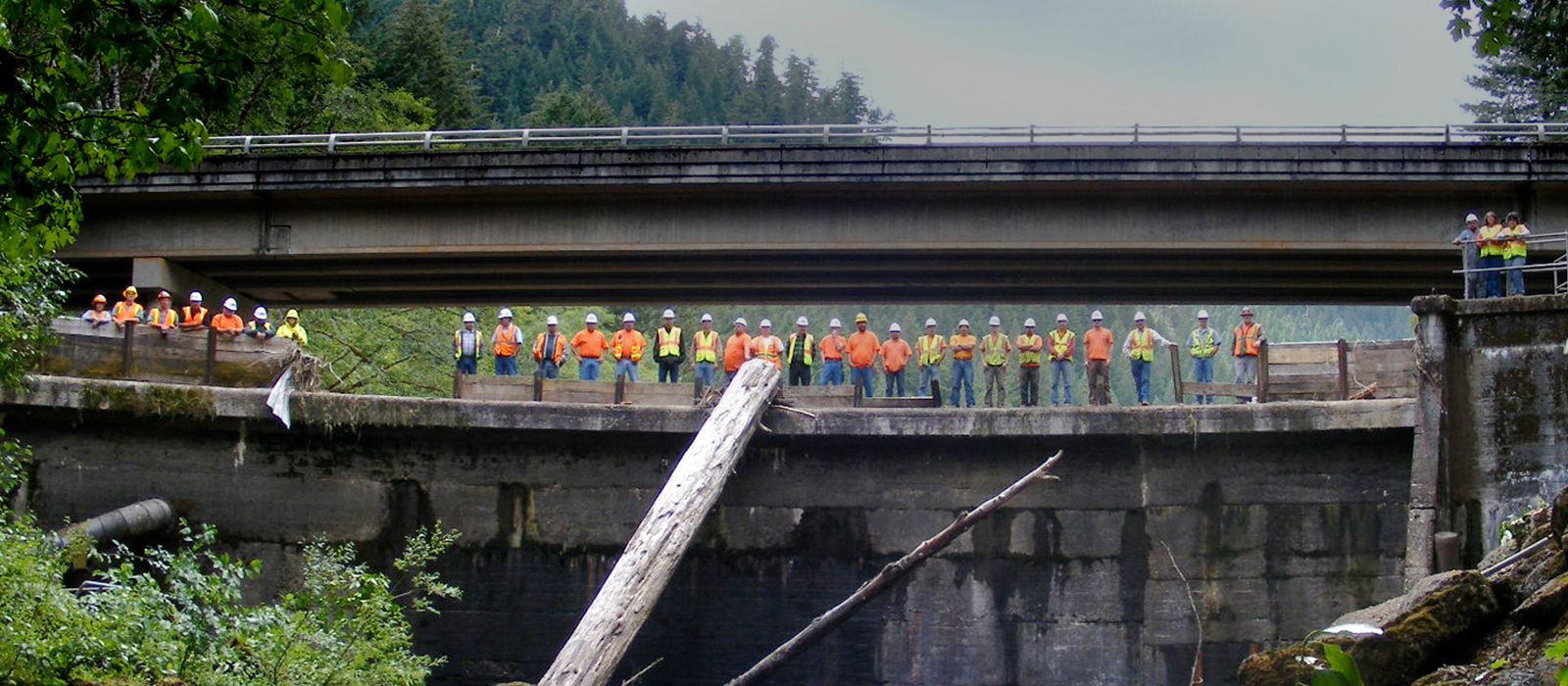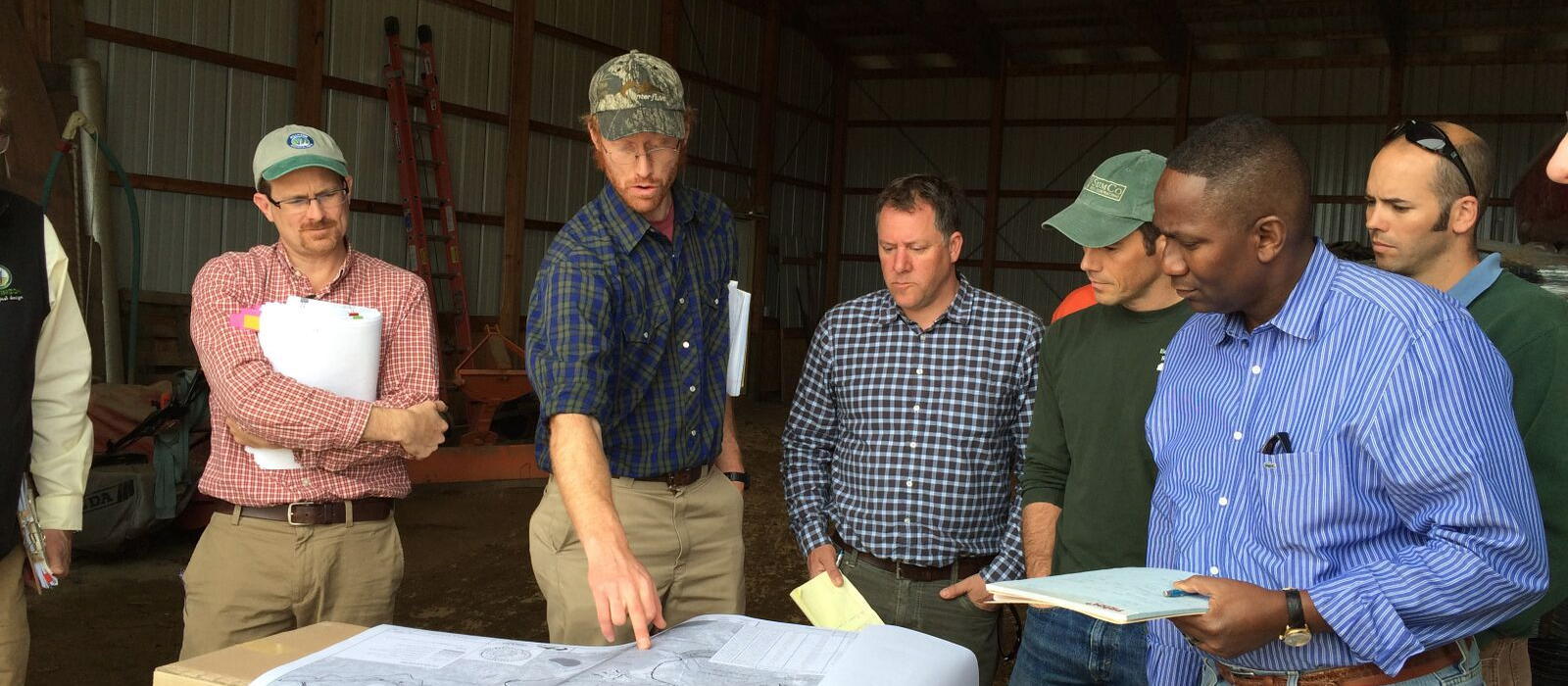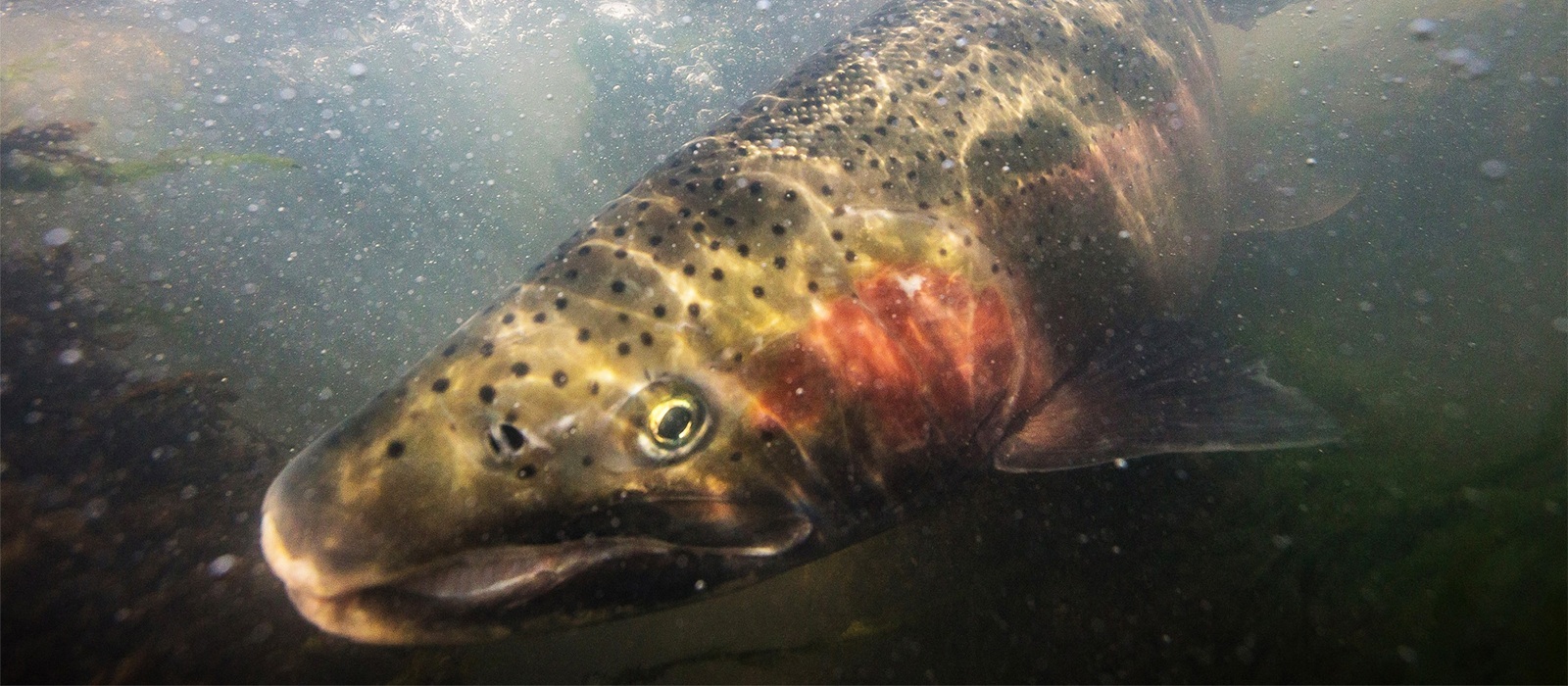Our Story
We are an employee-owned, interdisciplinary firm that specializes in investigations, design, and restoration of rivers, lakes, estuaries and wetlands. Our team of scientists, engineers, and technicians collaboratively work with clients to develop solutions to complex aquatic challenges that balance human and environmental needs.
History
Today
Over three decades later, we continue to develop cutting-edge designs for aquatic restoration projects that range from tidal restoration, to dam removal, to urban habitat improvements – just to name a few. To learn more, stop by any of our offices – located in Hood River, Oregon; Bozeman, Montana; St. Paul, Minnesota; Madison, Wisconsin; Cambridge and Williamstown, Massachusetts; and Damariscotta, Maine – and you’ll see why our employees love to work here. It’s their passion, teamwork, and respect for one another that’s led to more than 2,400 successful projects across 4 continents and all regions of the United States.
Celebrating Diversity, Equity & Inclusion
Inter-Fluve is committed to delivering excellence in aquatic engineering and ecosystem restoration. We approach each project with a spirit of humility and a dedication to nurturing equity and inclusion within our workplace, within ourselves, and through our projects. We celebrate diversity in all its forms and are committed to fostering a workplace where everyone is comfortable being themselves at work.
